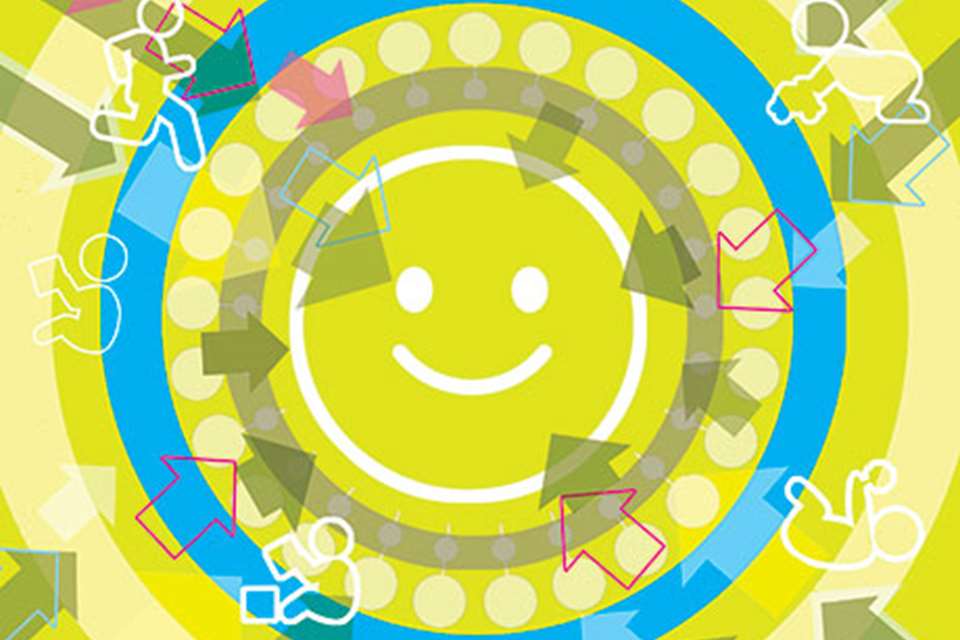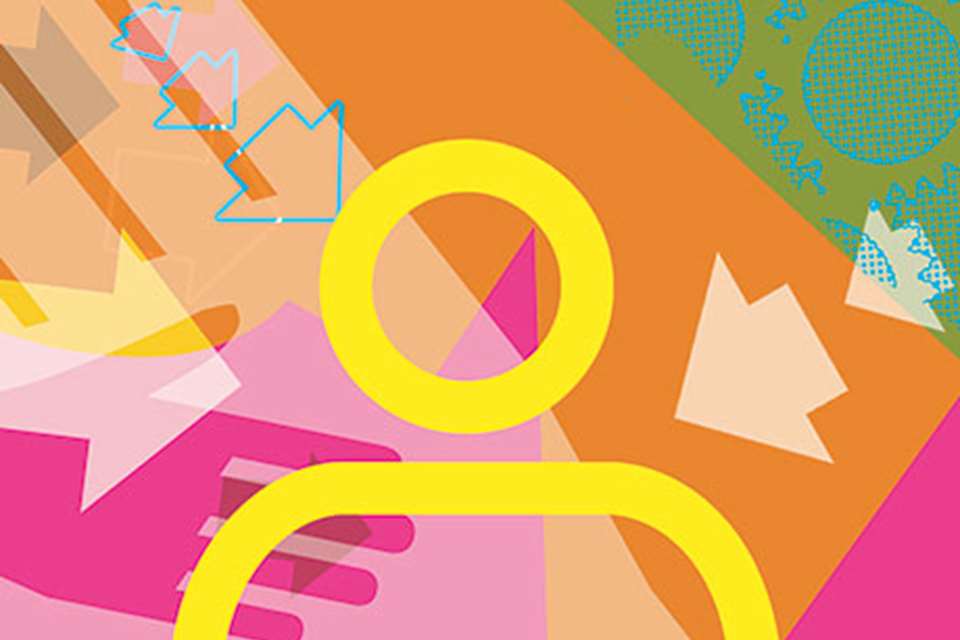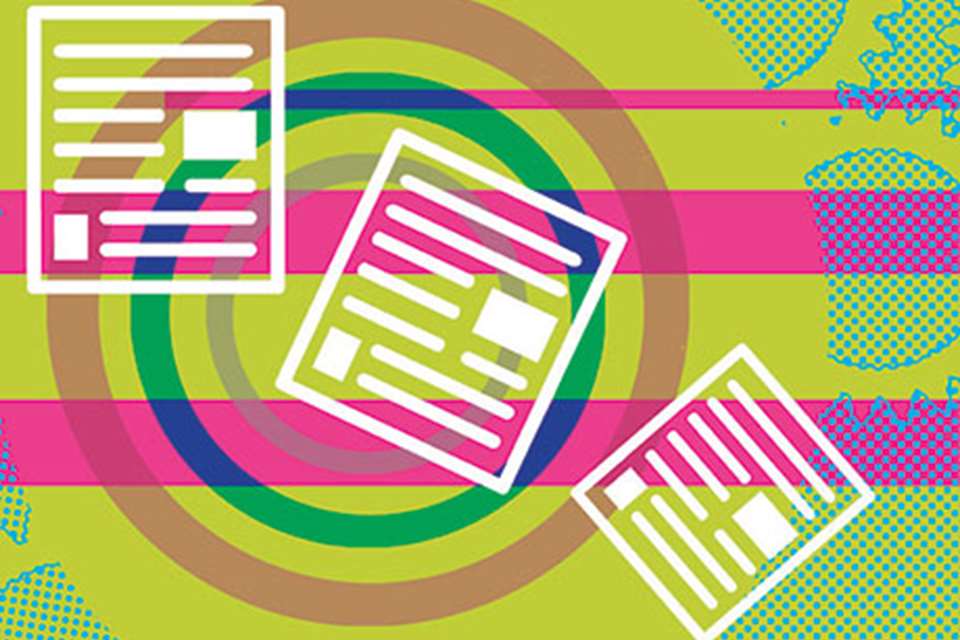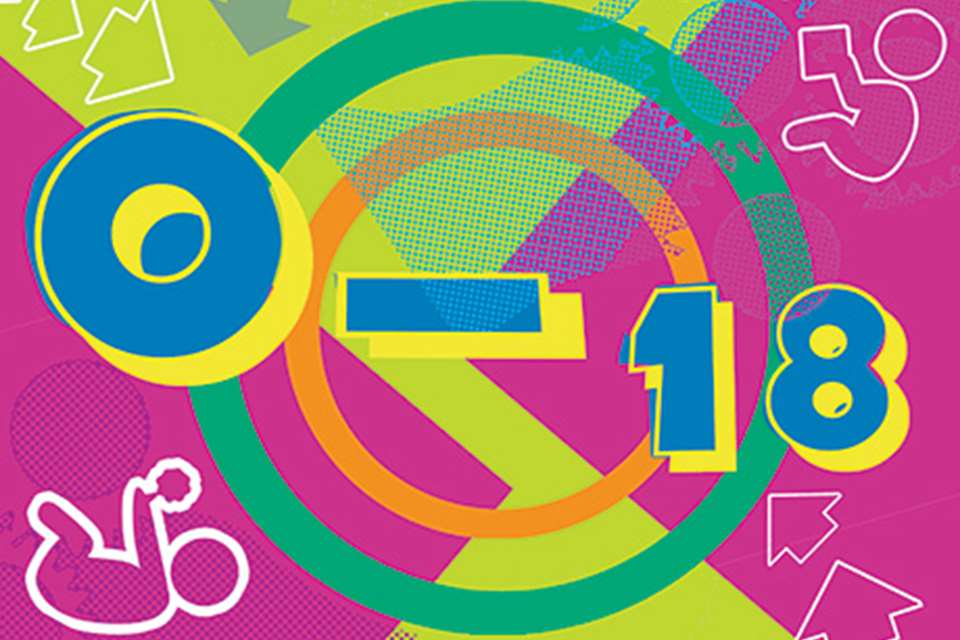EYFS training: part 5 – 18 to 36 months - Twos up
Charlotte Goddard
Tuesday, May 28, 2019
Charlotte Goddard looks at the training and support available to early years practitioners responsible for children in the 18 to 36 months age group
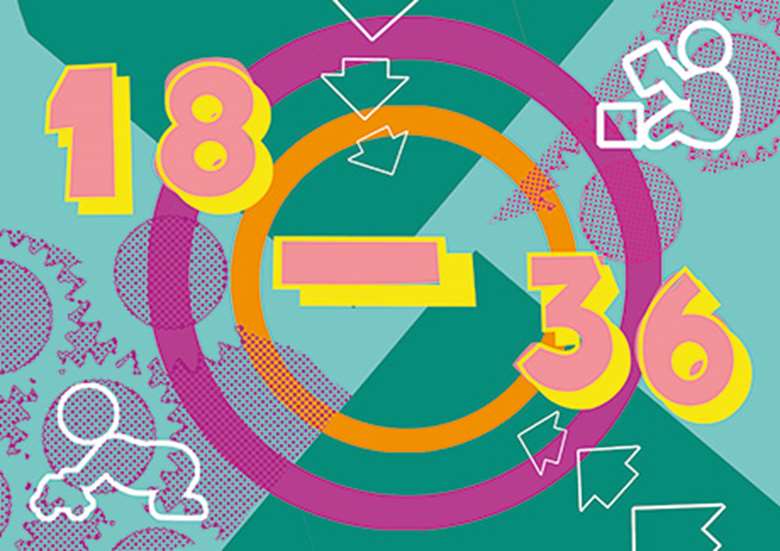
- Funded scheme for two-year-olds has led to a need for better knowledge of developmental stages
- Training needs to focus on the uniqueness of being two and how to be more than watered-down three-year-old provision
- Councils all deliver the integrated review at age two differently – training needs to be tailored to the locality
'Babies are almost a captive audience and three-year-olds are beginning to want to concentrate on an activity for longer, but two-year-olds are the most demanding of all the EYFS stages,’ says Kay Rooks, early years learning and teaching adviser at Focus on Learning.
This key age group has increasingly been a Government focus, with 72 per cent of eligible two-year-olds now taking up taxpayer-funded places. While more children approaching or aged two (18 to 36 months) are in nursery, there is no less need for the early years workforce to improve its understanding of this age group’s special characteristics. ‘There is a big difference between working with a group of two-year-olds and a group of three-year-olds,’ says Ms Rooks. ‘I have found gaps in knowledge about developmental stages, particularly in school settings where they have moved staff from working with threes to twos – they think they can just deliver a watered-down version of what the threes have got.’
The statutory two-year-old progress check, including a short, written summary of each child’s development in the prime areas, has been part of the EYFS framework since 2012. Beyond the prime areas, it is up to practitioners what is included in the summary, but it must highlight:
- areas in which a child is progressing well
- areas in which some more support might be needed
- the activities and strategies the provider intends to adopt to address any issues
The current EYFS framework states that where possible, the progress check should be integrated with the health and development review at age two, usually delivered by health visitors. In practice the form this integrated review takes varies considerably across different local authorities, so training needs to be tailored. ‘You have to train in each authority because each authority has developed a form which they think works for them,’ says Ms Rooks.
The non-statutory guidance Development Mattersgives suggestions as to appropriate ways to support children’s learning across the seven areas of learning at overlapping age bands, although it is always important to remember that children develop at their own pace. It was superseded in 2013 by the considerably less detailed Early Years Outcomes, which sets out what children should be doing at different ages against the early years learning goals.
Practitioner Michelle Hinder attended the Busy Being Two course. At the time she was working as a nursery nurse at Early Days Nursery, although she has since taken up a position as deputy manager at Castle Kindergartens. ‘I had been working with three-year-olds, then babies, but never with two-year-olds,’ she says.
Busy Being Two was delivered from a training centre, with different areas set up as they would be in a real nursery. This really brought the learning to life, says Ms Hinder. ‘We could go and look at the different resources and how they were set out and take ideas back,’ she explains. ‘I took lots of pictures on my phone and I still use them.’
Following the training, which took place over six weeks, Ms Hinder made changes to her two-year-old room. ‘There was a lot of plastic and colour, and the training highlighted the importance of natural resources in supporting children to use their imaginations, so we introduced a more natural focus,’ she says. ‘The training also supported me in communicating our vision to parents, and showing them how we were supporting the children’s development.
‘I always cover environment, because some practitioners are inclined to set up spaces with tables and chairs, and two-year-olds don’t need that,’ says Ms Rooks. Communication and language is a particularly important issue when working with funded two-year-olds, and should be a key element of any training, she says. ‘I find a big difference between the funded two-year-olds and those who were babies when they arrived at the setting. They often have not had a lot of language experiences, and many come in not even knowing any rhymes.’
Kay Mathieson, author of I am two! Working Effectively with Two Year Olds and their Families, says high-quality training should ‘help practitioners to think carefully about progress in each of the prime areas, and what difference being out of sync among these areas might have on behaviour.’ Training also needs to equip practitioners to pick up on when a child is at ease or when they are very involved in an activity, and to support two-year-olds to make choices and have autonomy where that is appropriate.
Training should help practitioners to encourage realistic expectations of a child by their parents, share with parents the changes they are likely to see as they develop, and engage with parents to encourage high levels of involvement in activities. Practitioners also need to be able to listen to parental concerns, seeking to understand how to adapt what happens in a setting at home. ‘The child will not respond in the same way to strategies at home because context and relationships will be different,’ explains Ms Mathieson.
Expert view:
Debbie Garvey, founder, Stonegate Training
‘I have a potentially controversial idea that early years settings should close for training like schools do. We need to help parents understand that to support their children we might need to close the setting a couple of times a year. I know some already do it.
‘I am a big believer in hearts-and-minds training, connecting practitioners with how what we are doing affects children. On my training we play with shaving foam and cornflour and boxes and paint. People say they can feel their stress levels coming down and they can then understand how that might affect a two-year-old as well.
‘We need to look at the uniqueness of being two – we talk about temper tantrums, but they are wonderful little beings that are brilliant to be around. Training needs to be backed by research – research on brain development and neuroscience for example, and research looking at the importance of touch and how children need to feel physically supported. I draw on the work of Professor Francis McGlone at Liverpool John Moores, and Dr Jools Page, as well as The Centre for Research in Early Childhood, and in terms of child development and understanding, we would look at psychologist and psychoanalyst Susan Isaacs, Froebel and Montessori.
‘Quality training should also cover observation, assessment and planning for this age group when they may not be fully verbal or perhaps not brilliant at explaining what they are doing. Other important areas are the role of the key person, personal, social and emotional education/mental well-being, and gender stereotyping – we need understanding that little boys playing with dolls are practising (or copying) being parents.
‘When it comes to behaviour and SEND, training must be age-appropriate. Does children’s behaviour indicate SEND or do we need to look at whether there need to be changes to the child’s environment or the support the child is getting? It’s also important to cover the wider context of multi-agency working: you don’t have to do this on your own.’
Training
Supporting 2 year olds in the EYFS An online NDNA introductory course.
Terrific Two Year Olds. A full-day NDNA course developed in partnership with Visions of Childhood. The course includes the interests and concerns of two-year-olds.
Busy Being Two. Kay Rooks’ six-week course including current research on brain development, secure attachments and the key person role.
I am two! Kay Mathieson’s course aims to increase understanding of the important developments that occur around two years old.
What’s It Like To Be Two Years Old?Stonegate Training’s six-week programme covers the uniqueness of being two; personal, social and emotional development; behaviour; play; working with parents; and sharing learning.
Leading Learning with Two-Year-Olds A year-long MA module developed by Birmingham City University and the Centre for Research in Early Childhood, the course is linked to policy and practice. The tutor is Helen Moylett, co-author of Development Matters.
Resources
Supporting and Enhancing Early Education for Two Year Olds. A comprehensive 2017 document developed by Cumbria County Council.
A good place to be Two. A free five-chapter training resource by Community Playthings focusing on developing quality environments.
Center on the Developing Child. This Harvard University site provides resources on brain development.
Integrated Review resources. Provided by the National Children’s Bureau.
Download Now

